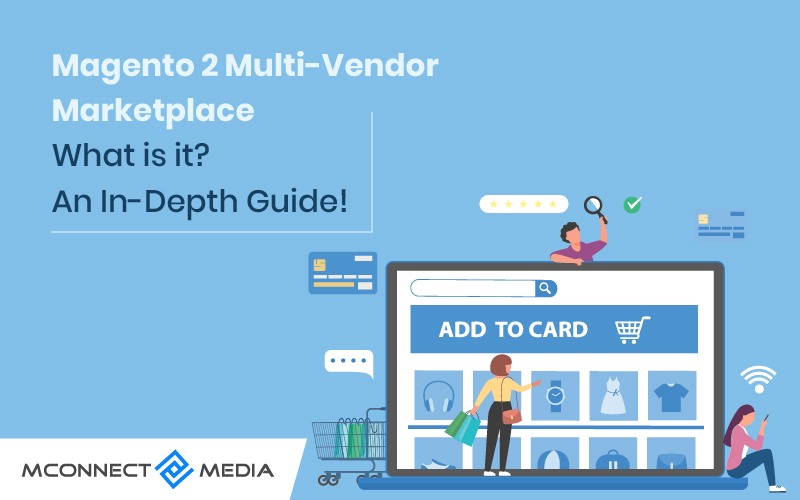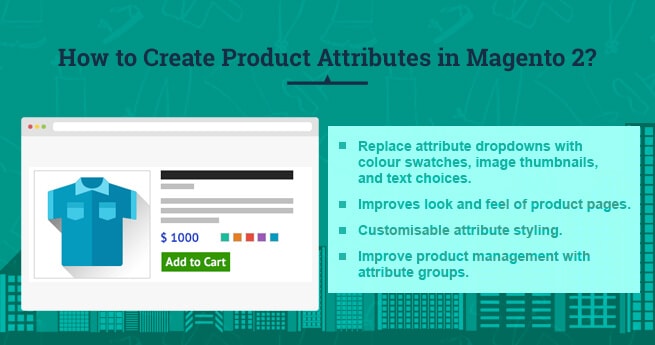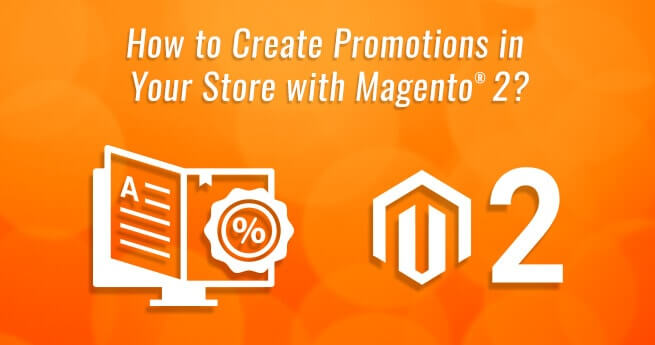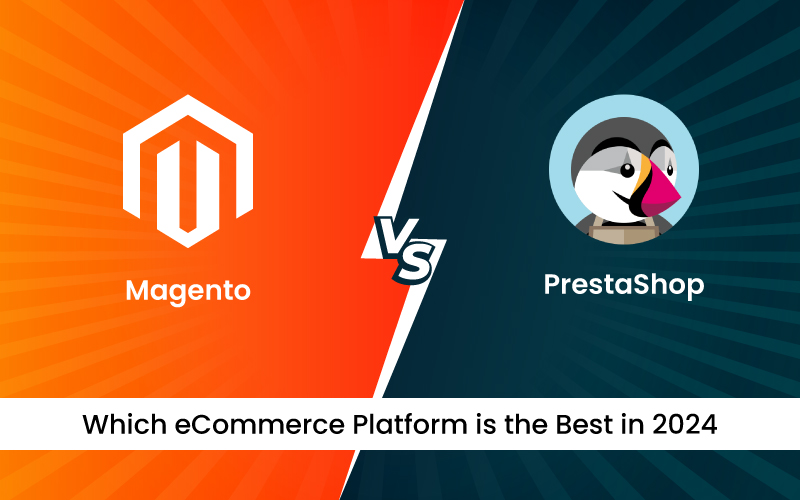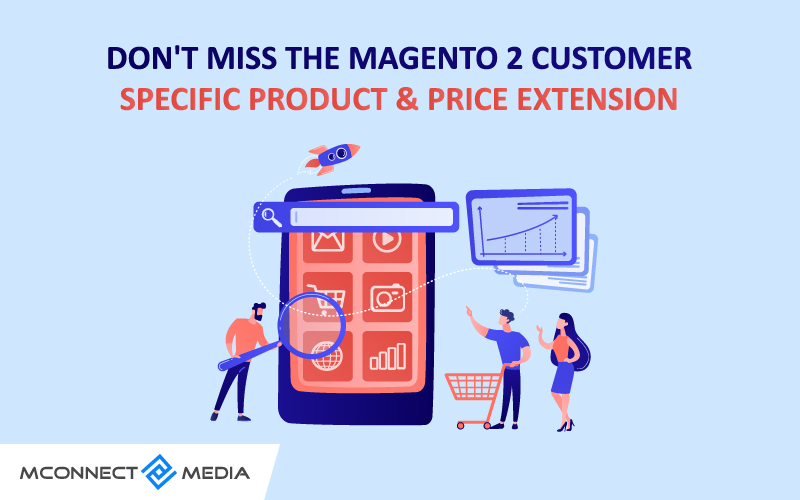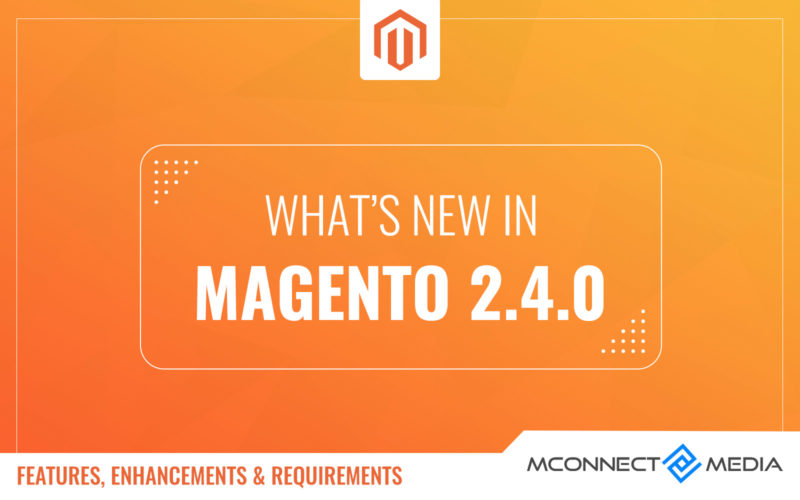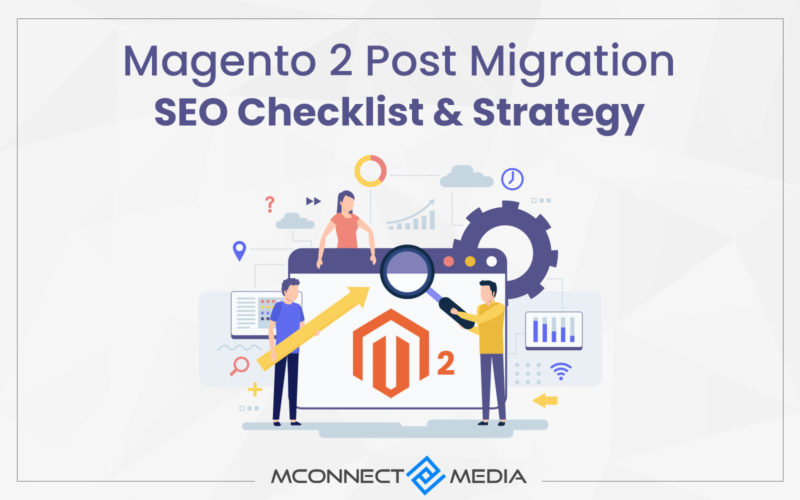There is no doubt that Amazon, Etsy, and eBay are the most popular eCommerce marketplaces online. Based on their commercial success and fame, any eCommerce owner would want to adopt a similar business model. Amazon, for instance, has a net income of $26.9 billion in 2020. Is it possible for someone to resist such an opportunity?
Nevertheless, eCommerce giants such as Amazon and Alibaba don’t come up overnight. Certainly, they invest a fair amount of time and money to become top marketplaces. To build an eCommerce store that becomes popular in the market, you have to use out-of-the-box eCommerce solutions rather than just a store.
As time goes on, ready-to-use eCommerce platforms such as Magento will be made more and more available. It offers much more convenient and cheaper ways to build your own online marketplace. To do this, you need to understand how eCommerce marketplaces work and select a suitable multi-vendor extension for your project.
Also read: Top International Marketplaces to Expand your eCommerce Business Globally
How Multi-Vendor Marketplaces Work?
A multi-vendor marketplace eCommerce website offers flexibility to sellers by allowing them to create separate accounts. The benefits that platforms and vendors can gain from using this business model have made it increasingly popular.
It is no longer necessary for sellers to maintain their own e-commerce stores by utilizing a marketplace that is backed by the platform’s reputation. Furthermore, a wide variety of vendors means more chances for platforms to maximize their sales conversions, leading to higher returns for their owners. The strategy has a win-win outcome, isn’t it?
The benefits provided by both personalized eCommerce marketplace solutions and Magento based multi-vendor solutions include custom login systems, site search, CTAs, product catalogues, and payment gateways. Open-source solutions are available for many of today’s eCommerce platforms.
An online marketplace can be built into your website with the help of special multi-vendor modules. As such, we believe using this variant for building an eCommerce marketplace is the most practical option.
- The creation of an online marketplace is possible within a few hours;
- If you wish to improve the UX of your marketplace, you can add your own design;
- Using similar marketplace functions on Amazon will give you all the benefits it offers;
- Adding more functionality to your marketplace is possible if your business requires it;
- You may benefit from better indexing your site since most plugins are SEO-friendly;
- Plugin developers provide support for their products.
Why Magento Only?
With Magento, you get smooth functionality, quick and secure operation, and advanced customization options. Magento is one of the industry’s leading eCommerce platforms with a long history of dominating the market. There are some really impressive Magento performance stats:
- The number of Magento stores running online exceeds 250,000.
- Online retail stores with this technology account for 12% of all sites.
- Internet users worldwide use this platform to access 1.2% of the internet.
- The majority of Magento stores are running Magento 2.
- The Magento extension catalog consists of more than 5,000 extensions
- Magento currently has over 700 themes, with Themeforest as the most popular
- A developer community of more than a hundred contributes to Magento’s more than 150,000 lines of code
Also read: 7 Reasons Why Magento A Prospective Platform For Your ECommerce Business?
Multi-Vendor Marketplace Module Advantages
We will discuss some of the top advantages of a multi-vendor marketplace in order to illustrate the strength of the extension.
1. Exceptional performance
It is clear that the marketplace extension is being developed under the codebase of Magento 2 programming and a team of Certified Magento Developers. In other words, there is no performance problem when it comes to handling cash. All native Magento 2 debugging tools were tested with the module. You will not experience any performance impairment when implementing multi-vendor marketplaces.
2. Notification
Alerts and notifications are essential to order processing. Customers and sellers should be kept informed of all their activities on the marketplace. It is crucial that products are approved, sellers are supported, and administrators are notified.
Managing notifications at scale is possible with the multi-vendor module. You can choose from a variety of email notification templates. By sending web push notifications as well as real-time SMS notifications to sellers, you can enhance mutual satisfaction among marketplace participants.
3. Administration of orders
It is possible for admins to assign order and invoice management responsibilities to sellers. Orders can be processed by vendors via their backend panels. This works in conjunction with the My Order History section of the marketplace.
A complete list of order statuses and functions is available, such as printing and creating invoices, arranging shipments, sending emails to customers, etc. Due to the multi-vendor module, as well as shipping add-ons that are available, sellers have full control over their order histories.
4. Reviews and Ratings
Word of mouth advertising is more often more effective than paid advertisements in boosting sales. In a multi-vendor marketplace, product and seller reviews should be allowed from customers. This is the way ratings are displayed. Only administrators are able to moderate reviews. With the Multi-Vendor module, admins can manage vendor reviews by approving reviews only from actual buyers rather than guests.
5. SEO
Search engine bots index websites more effectively when they have a Search Engine Friendly URL. Additionally, customers tend to favor URLs that are easy to remember and reliable. The properties of each seller are linked to their respective seller profiles, and their product pages have their own unique URLs created through the multi-vendor marketplace extension.
There are a number of SEO-friendly features available in Magento 2 as well, such as product descriptions, database meta-keywords, and SEO-friendly seller profiles that will help you optimize your visibility in search engines.
Read more on: How to Optimize Your Magento Store to Suit Google’s Core Web Vitals
6. Marketing Tools
Any marketing campaign aims to reach the right target audience. It is possible for administrators and vendors to use audience data. Google Analytics tracks customer activity on a multi-vendor market. By using this tool, sellers will be able to analyze the data on their vendor pages. Consequently, Google Analytics data can be used to formulate marketing strategies by administrators as well as sellers.
Multi-vendor marketplace Magento 2 add-on module functions cover only a small portion of all its possibilities. Having a multi-vendor marketplace can be a flexible and multifaceted process as demonstrated in this type of general functional illustration.
Want to Start?
Now you understand and know what multi-vendor marketplaces are and how they can benefit your Magento built eCommerce store. Magento developers are experts in the creation of marketplaces, so you can experience a range of rich capabilities with the multi-vendor module.
Need help creating a multi-vendor marketplace? M-connect Media can assist you. We have a professional team of eCommerce experts that know the complete ins and outs of building marketplaces like Amazon or eBay. For more information, please Contact us.


